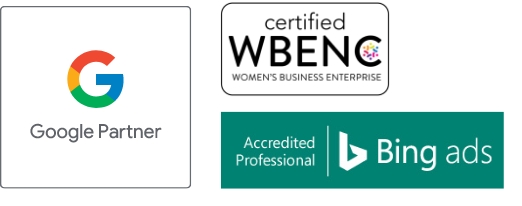
How to Apply Accenture’s 2025 Life Trends to Life Sciences
In an ever-evolving world, life sciences marketers face unique challenges; a big one is balancing regulatory constraints with the need to stay relevant and engage effectively with healthcare professionals and consumers. The Accenture Life Trends 2025 report offers valuable insights for marketers who want to navigate these complexities and stay ahead of societal, technological, and economic shifts. Here are five key takeaways, along with practical ideas tailored to life sciences marketing:
1. Building Trust in a Skeptical Digital World
Trust is paramount, especially in a time when misinformation, privacy concerns, and online scams are more prevalent than ever. Life sciences marketers must be mindful of how they interact with patients, providers, and other healthcare consumers in an increasingly digital space. With privacy and regulatory issues top of mind, establishing credibility and transparency is more important than ever.
Ideas to Consider:
- Clearly communicate your company’s commitment to data privacy, adhering to strict regulations like HIPAA in all marketing materials.
- Share authentic testimonials from healthcare professionals and other consumers that reinforce the safety and efficacy of your products.
- Ensure all digital channels – like your website, emails, and social media – are transparent and secure and meet all the regulatory requirements for consumer data protection.
2. Helping Families Navigate Digital Challenges
As digital health tools and apps become increasingly prevalent, families are concerned about how they can safely use these resources, especially when it comes to children. Life sciences companies that position themselves as trusted partners in managing digital health can forge meaningful connections with families, especially in the pharmaceutical arena.
Ideas to Consider:
- Develop educational content that helps families understand the safe use of digital health tools or apps, especially for pediatric care, while being careful to stay within regulatory boundaries.
- Partner with healthcare professionals or organizations to provide trusted resources and workshops that empower families to navigate digital health challenges.
- Make sure that any advice or resources shared are thoroughly vetted for medical accuracy, ensuring compliance with relevant health regulations.
3. Meeting Consumers’ Need for Speed and Convenience
Today’s consumers expect convenience, and life sciences marketers must adapt to this shift by providing fast, easy access to information and services. While telemedicine and online prescriptions are growing, the demand for streamlined, digital interactions with life sciences companies is also increasing.
Ideas to Consider:
- Design a website and digital platforms that allow healthcare providers and patients to easily find product information, schedule consultations, or order prescriptions.
- Invest in technology to simplify communications between healthcare professionals and your company, facilitating easier access to essential product information and supporting fast prescription fulfillment.
- When engaging with patients digitally, ensure compliance with regulations governing digital advertising and communications, especially when discussing treatment options or promotions.
4. Creating a Positive Workplace Culture
A positive, supportive workplace culture is critical to achieving business success, especially in life sciences organizations, where innovation, ethical considerations, and scientific rigor are essential. A motivated, empowered workforce can lead to better outcomes, both internally and externally.
Ideas to Consider:
- Recognize and celebrate the contributions of your employees, particularly those in compliance, regulatory, and research and development departments, as they play a pivotal role in maintaining the ethical standards of the industry.
- Invest in technology that improves workflows and fosters collaboration, but ensure that these tools don’t replace the critical human connections that underpin trust in life sciences marketing.
- Prioritize ongoing training in regulatory updates and ethical marketing practices to ensure staff is well-prepared to navigate the evolving industry landscape.
5. Designing Experiences That People Crave
While digital tools and telehealth are transforming healthcare, life sciences marketers must remember that patients and healthcare professionals still crave personal, human-centered experiences. Creating memorable, trust-building interactions, whether digital or in-person, can foster loyalty and positive brand perception.
Ideas to Consider:
- Use technology to offer personalized experiences, like follow-up communications or targeted resources that help providers and patients feel supported in their treatment decisions or healthcare consumers feel confident in their investments.
- Stay within compliance guidelines by ensuring all promotional activities, patient outreach, and healthcare provider engagements follow necessary industry regulations.
While not every strategy will apply to every life sciences company, the trends highlighted in Accenture’s 2025 Life Trends report provide actionable pathways for marketers to evolve. By adapting to these trends, you can foster trust, stay compliant, and ultimately improve patient outcomes and experiences with your brand.
Ready to access other key insights to help you stay ahead of societal, technological, and economic transformations? We can help! Contact LIGHTSTREAM today.
